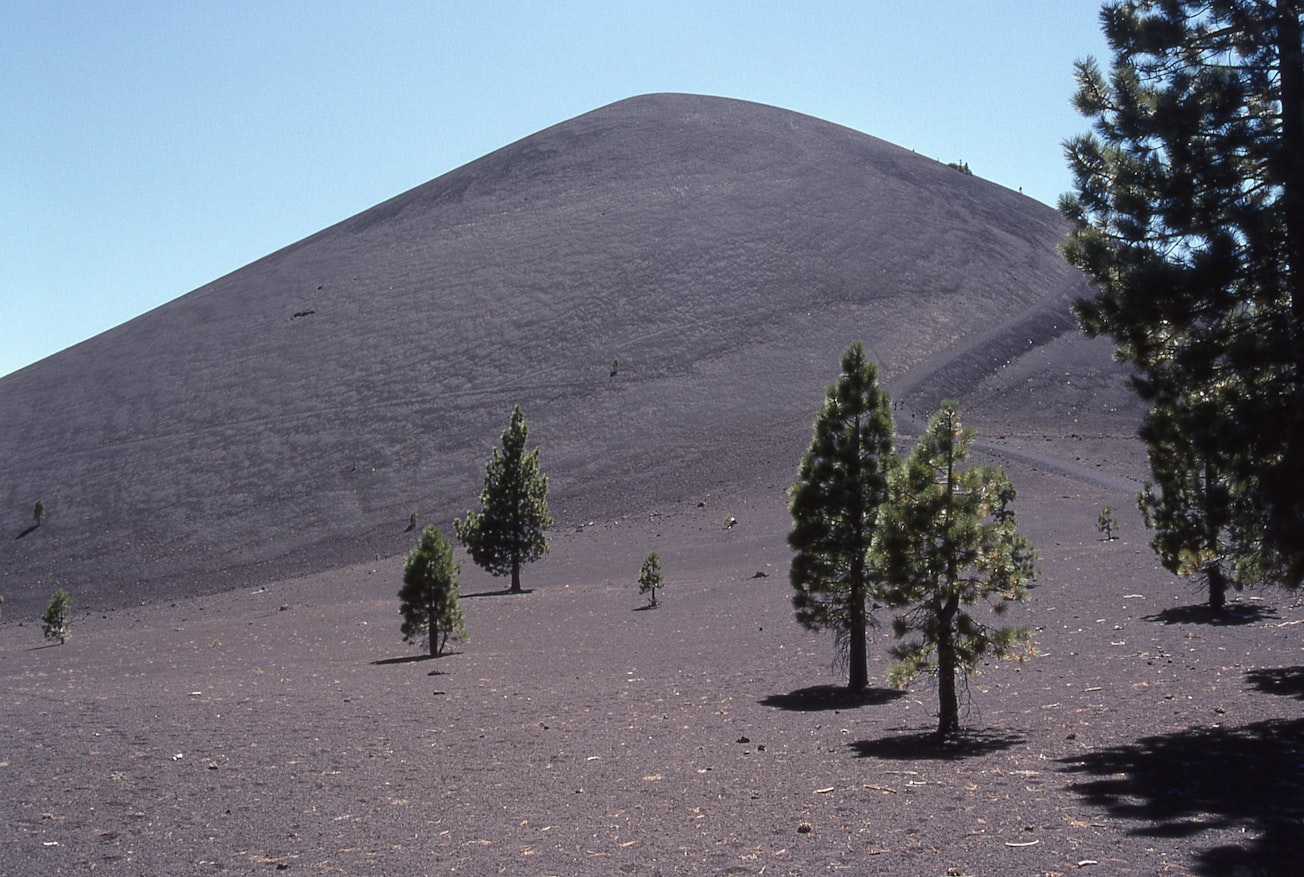What is it about?
Volcanic islands produce a lot of particles during eruptions and by erosion during and in between eruptions. The relative importance of these particle sources to the ocean floors around the islands is usually difficult to tell. The Azores islands have deep depressions around them that trap the sediments and hence record the eruption and erosion histories of the islands. In this study, we interpreted the origins of layers of volcanic particles from sediment cores, revealing that those formed directly during eruptions are the most common. Although sonar data have revealed many landslides in the upper slopes of the islands and such landslides are known to create underwater clouds of sediment that move down into deeper water (turbidity currents), there is less evidence of them. Either they do not travel into deeper water so well or the eruptions are more common than these turbidity currents.
Featured Image

Photo by Thomas Fields on Unsplash
Why is it important?
Working out the different origins of volcaniclastic beds in sediment cores is difficult because any one indicator tends not to be diagnotistic. For example, the geochemical compositions of glass shards in such beds might be expected to be tightly clustered if produced in a single eruption, but eruption can also evacuate a zoned magma chamber or exume older tephra. In this work, we have used a wide variety of information to interpret whether volcaniclastic beds are primary (formed directly from erupted particles) or secondary (involving a stage of remobilisation of previously deposited particles). The information included sedimentary structure, glass shard morphometrics, glass shard geochemistry, mineralogy and organic geochemistry. Our other work has revealed abundant landslide valleys in the upper slopes of the islands, so we were expecting to find evidence of turbidites produced from them (e.g., volcaniclastic beds containing carbonates). However, the core results show that only 1/3 of the beds are secondary, the majority 2/3 are primary volcaniclastic beds. Perhaps either turbidity currents produced by the landslides do not run out to the basin floors and/or primary beds are produced by eruptions more frequently. Turbidite sequences in other environments typically have many small beds than large beds, sometimes with an inverse power-law relationship between bed frequency and thickness. Although the core lengths here are too small for such a relationship to be found, the Azores volcaniclastic beds also appear to be dominated by small beds (2-20 cm thickness).
Read the Original
This page is a summary of: Volcaniclastic deposits and sedimentation processes around volcanic ocean islands: the central Azores, Geological Society London Special Publications, September 2021, Geological Society,
DOI: 10.1144/sp520-2021-62.
You can read the full text:
Contributors
The following have contributed to this page







